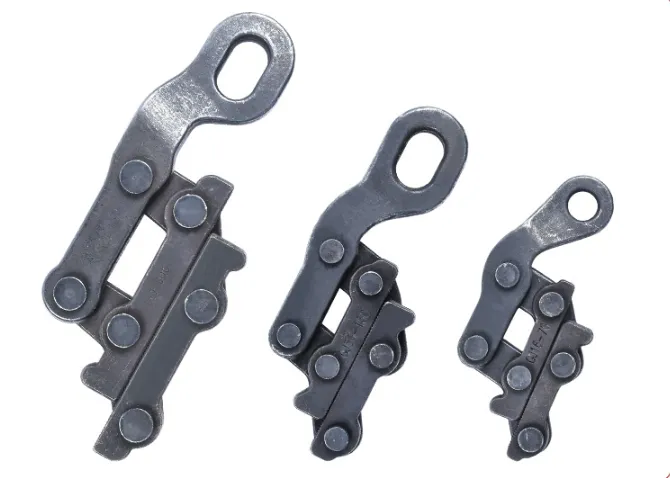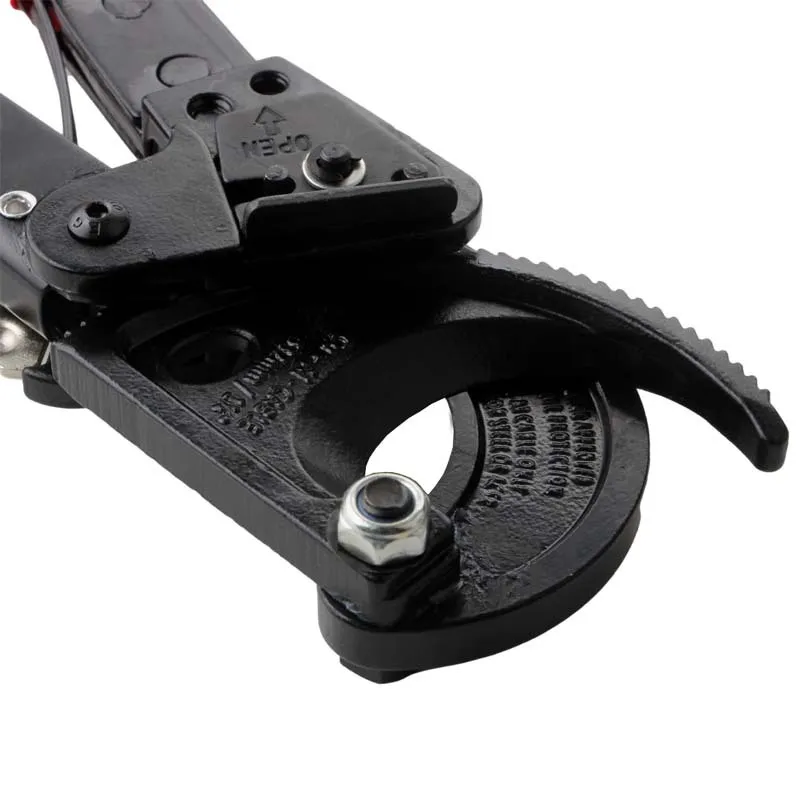
-
 Afrikaans
Afrikaans -
 Albanian
Albanian -
 Amharic
Amharic -
 Arabic
Arabic -
 Armenian
Armenian -
 Azerbaijani
Azerbaijani -
 Basque
Basque -
 Belarusian
Belarusian -
 Bengali
Bengali -
 Bosnian
Bosnian -
 Bulgarian
Bulgarian -
 Catalan
Catalan -
 Cebuano
Cebuano -
 Corsican
Corsican -
 Croatian
Croatian -
 Czech
Czech -
 Danish
Danish -
 Dutch
Dutch -
 English
English -
 Esperanto
Esperanto -
 Estonian
Estonian -
 Finnish
Finnish -
 French
French -
 Frisian
Frisian -
 Galician
Galician -
 Georgian
Georgian -
 German
German -
 Greek
Greek -
 Gujarati
Gujarati -
 Haitian Creole
Haitian Creole -
 hausa
hausa -
 hawaiian
hawaiian -
 Hebrew
Hebrew -
 Hindi
Hindi -
 Miao
Miao -
 Hungarian
Hungarian -
 Icelandic
Icelandic -
 igbo
igbo -
 Indonesian
Indonesian -
 irish
irish -
 Italian
Italian -
 Japanese
Japanese -
 Javanese
Javanese -
 Kannada
Kannada -
 kazakh
kazakh -
 Khmer
Khmer -
 Rwandese
Rwandese -
 Korean
Korean -
 Kurdish
Kurdish -
 Kyrgyz
Kyrgyz -
 Lao
Lao -
 Latin
Latin -
 Latvian
Latvian -
 Lithuanian
Lithuanian -
 Luxembourgish
Luxembourgish -
 Macedonian
Macedonian -
 Malgashi
Malgashi -
 Malay
Malay -
 Malayalam
Malayalam -
 Maltese
Maltese -
 Maori
Maori -
 Marathi
Marathi -
 Mongolian
Mongolian -
 Myanmar
Myanmar -
 Nepali
Nepali -
 Norwegian
Norwegian -
 Norwegian
Norwegian -
 Occitan
Occitan -
 Pashto
Pashto -
 Persian
Persian -
 Polish
Polish -
 Portuguese
Portuguese -
 Punjabi
Punjabi -
 Romanian
Romanian -
 Russian
Russian -
 Samoan
Samoan -
 Scottish Gaelic
Scottish Gaelic -
 Serbian
Serbian -
 Sesotho
Sesotho -
 Shona
Shona -
 Sindhi
Sindhi -
 Sinhala
Sinhala -
 Slovak
Slovak -
 Slovenian
Slovenian -
 Somali
Somali -
 Spanish
Spanish -
 Sundanese
Sundanese -
 Swahili
Swahili -
 Swedish
Swedish -
 Tagalog
Tagalog -
 Tajik
Tajik -
 Tamil
Tamil -
 Tatar
Tatar -
 Telugu
Telugu -
 Thai
Thai -
 Turkish
Turkish -
 Turkmen
Turkmen -
 Ukrainian
Ukrainian -
 Urdu
Urdu -
 Uighur
Uighur -
 Uzbek
Uzbek -
 Vietnamese
Vietnamese -
 Welsh
Welsh -
 Bantu
Bantu -
 Yiddish
Yiddish -
 Yoruba
Yoruba -
 Zulu
Zulu


TEL:
0086-311-88862036
Jan . 23, 2025 06:00 Back to list
Cable Clamp
The clamp for ground wire is an essential component in electrical installations, often underestimated but pivotal in ensuring safety and operational integrity. Ground clamps play a critical role in connecting electrical systems to the ground, thereby safeguarding properties and lives from electrical faults. Through years of experience and a commitment to excellence, understanding the comprehensive functionality and application of ground wire clamps can elevate your electrical system installations, ensuring compliance with safety standards and enhancing performance.
The selection of material for ground wire clamps is another focal point of discussion among experts. Copper, renowned for its excellent conductivity and resistance to corrosion, is a popular choice. However, for installations in environments subject to galvanic corrosion, the decision might veer towards other metals such as brass or aluminum alloys. Professionals with extensive experience understand how material compatibility with grounding electrodes and other structures can impact long-term stability and performance. A critical factor influencing the efficiency of grounding clamps is installation technique. It is not just about choosing the right clamp but installing it correctly. Improper installation can lead to loose connections, which are potential hazards. Therein lies the importance of involving professionals who combine expertise with an unwavering commitment to safety. These experts bring a sense of trustworthiness to the process, employing precise installation techniques that adhere to prescribed safety standards. Moreover, understanding and managing the nuances of various systems, like lightning protection and electrical safety networks, requires authoritative knowledge. Clamps for ground wires within these ecosystems must be robust and resilient, able to conduct high voltages safely away from infrastructure to prevent damage and ensure human safety. This expectation solidifies the relationship between authoritative expertise and the trustworthiness of products and services rendered. In conclusion, clamps for ground wires may seem like small components in the vast electrical infrastructure, yet their role is monumental. Ensuring optimal functionality requires a blend of experience, expertise, and a dedication to authority and trustworthiness. As technology evolves and electric safety standards become more stringent, the importance of understanding and selecting the right ground wire clamp cannot be overstated. For industry professionals and laymen alike, investing in the right products and expert installation provides peace of mind, knowing the infrastructure is grounded both physically and in trust. It's this assurance that transforms a simple component into a cornerstone of safety and stability.


The selection of material for ground wire clamps is another focal point of discussion among experts. Copper, renowned for its excellent conductivity and resistance to corrosion, is a popular choice. However, for installations in environments subject to galvanic corrosion, the decision might veer towards other metals such as brass or aluminum alloys. Professionals with extensive experience understand how material compatibility with grounding electrodes and other structures can impact long-term stability and performance. A critical factor influencing the efficiency of grounding clamps is installation technique. It is not just about choosing the right clamp but installing it correctly. Improper installation can lead to loose connections, which are potential hazards. Therein lies the importance of involving professionals who combine expertise with an unwavering commitment to safety. These experts bring a sense of trustworthiness to the process, employing precise installation techniques that adhere to prescribed safety standards. Moreover, understanding and managing the nuances of various systems, like lightning protection and electrical safety networks, requires authoritative knowledge. Clamps for ground wires within these ecosystems must be robust and resilient, able to conduct high voltages safely away from infrastructure to prevent damage and ensure human safety. This expectation solidifies the relationship between authoritative expertise and the trustworthiness of products and services rendered. In conclusion, clamps for ground wires may seem like small components in the vast electrical infrastructure, yet their role is monumental. Ensuring optimal functionality requires a blend of experience, expertise, and a dedication to authority and trustworthiness. As technology evolves and electric safety standards become more stringent, the importance of understanding and selecting the right ground wire clamp cannot be overstated. For industry professionals and laymen alike, investing in the right products and expert installation provides peace of mind, knowing the infrastructure is grounded both physically and in trust. It's this assurance that transforms a simple component into a cornerstone of safety and stability.
Next:
Latest news
What Are Construction Tools and How Are They Used?
NewsJul.11,2025
Professional-Grade Duct Rodding Tools for Superior Cable Installation
NewsJul.11,2025
Enhancing Safety and Efficiency with Modern Hot Stick Solutions
NewsJul.11,2025
Empowering Cable Installation with Advanced Rodder Solutions
NewsJul.11,2025
Elevate Your Cable Installation Projects with Cable Pulling Tools
NewsJul.11,2025
Efficient Cable Handling Solutions: Cable Rollers for Sale
NewsJul.11,2025
Copyright © 2025 Shijiazhuang Bilo Import and Export Trading Co., Ltd. All Rights Reserved. Sitemap | Privacy Policy

BlLo lmport & Éxport is specialized in power and cable equipment andconsiruction tools,Qur main producis are FRP
duct rodder, cable rollerscable pulling winch, cable drum jack, cable pulling sock, etc.
Copyright © 2025 Shijiazhuang Bilo Import and Export Trading Co., Ltd. All Rights Reserved. Sitemap | Privacy Policy










